This is a fascinating story about the God of Commerce we know as Hermes, worms, servants, purple silk, gold, and power. A 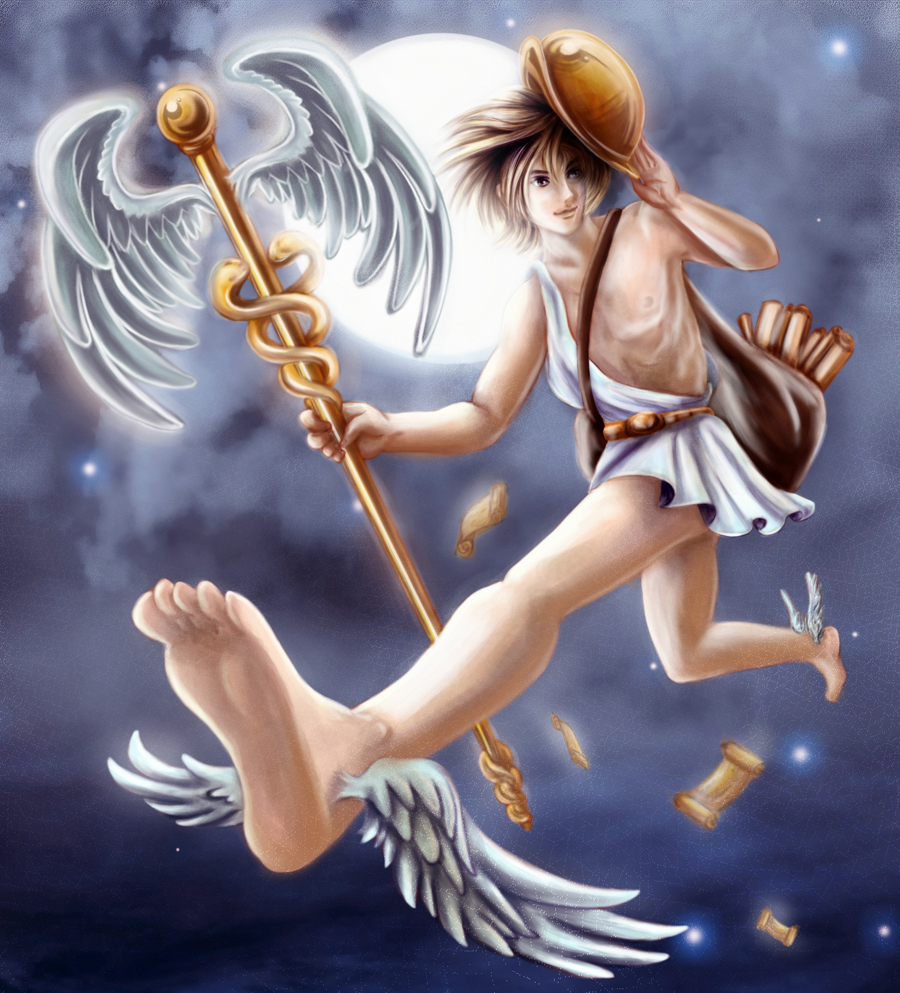 true story hidden in myth, and concealed in allegorized tales. Let me help lift the purple veil on these truths, to dispel these myths and explain these allegories.
true story hidden in myth, and concealed in allegorized tales. Let me help lift the purple veil on these truths, to dispel these myths and explain these allegories.
The God Hermes was created by a race of people who were primarily known by the name of the Phoenicians who had ruled the Mediterranean Sea, and many other countries for thousands of years. They were, and are still well-known world-wide as a wealthy sea-faring race who produced some of the most profitable commercial goods ever known to humankind. The Phoenicians were the first people to become world-wide travelers of the sea and waterways, who had made home to wherever they brought their boats, goods, gods, goddesses and languages.
Much of the commercial goods they had created never went out of style such as the God Hermes, weapons, poisons, medicines, pottery, baskets, wine, beer, and what they were really most anciently famous for, purple dye and purple garments that they had created from the purple or crimson dye produced by silkworms.
This silk of the Phoenicians was called “royal purple,” and was mainly worn by the priesthood, royalty, and Elite. I wrote about this is a previous article called The Royal Purple Silk Prostitute. Socrates had said of Athens, that purple cost three minas, which in his time would equate to almost a years worth of wages to the average Greek. The Athenian nation was said to be the only one clothed in purple, that had vanquished men clad in steel
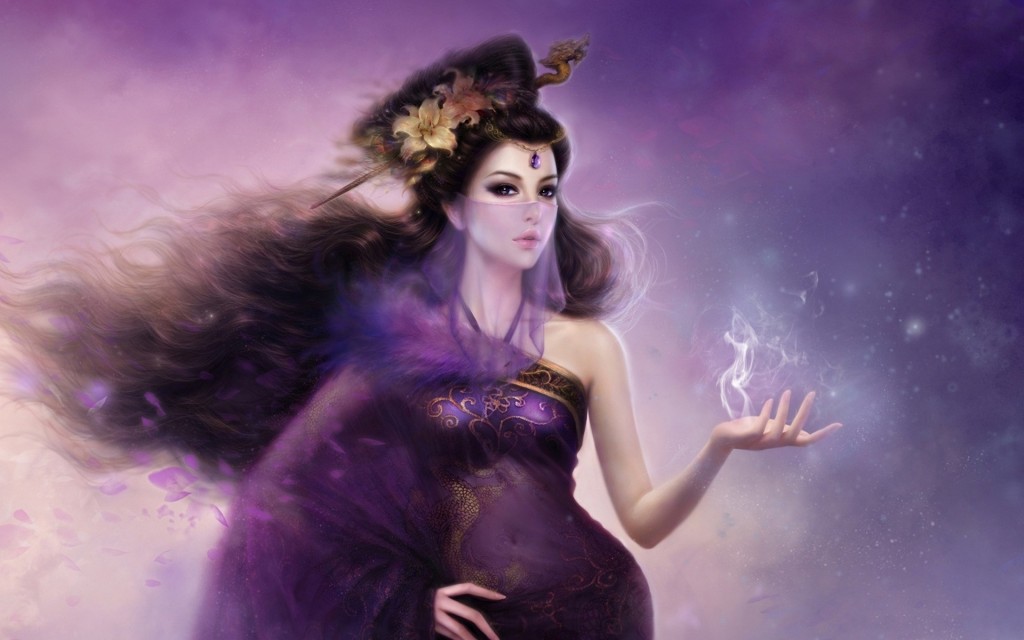 Cleopatra, who the poet Lucan said she had worn a piece of silk over her breast, and also her magnificent purple sails which were most likely manufactured by the Kohanim of Kos. The connection with Kos and Cleopatra is mentioned by the 1st century Jewish-Roman Historian, Josephus in his book ” The Antiquities of the Jews ”, where he had quoted Strabo, “that Mithridates were sent to Kos to fetch the gold deposited there by Queen Cleopatra and 800 talents belonging to the Jews.” (“ Ant.” xiv. 7, § 2)
Cleopatra, who the poet Lucan said she had worn a piece of silk over her breast, and also her magnificent purple sails which were most likely manufactured by the Kohanim of Kos. The connection with Kos and Cleopatra is mentioned by the 1st century Jewish-Roman Historian, Josephus in his book ” The Antiquities of the Jews ”, where he had quoted Strabo, “that Mithridates were sent to Kos to fetch the gold deposited there by Queen Cleopatra and 800 talents belonging to the Jews.” (“ Ant.” xiv. 7, § 2)
The Roman Priesthood who were known as the Flamens Dialis had worn what was called the Lana, or what were the “purple robes of the priests.” Cicero had written in Latin,” Vejlitus afper nojlra bac purpura plebeia ac peat fufca.” He calls it “Our Purple,” because he was also a Member of the Roman College of Augurs. (4) The mythological founders of Rome, Romulus and Remus were augurs as well, and Romulus was considered a great augur throughout the course of his life.
This Phoenician Purple was so esteemed by the Roman Elite, that at one time in the early Roman Empire, the Phoenicians 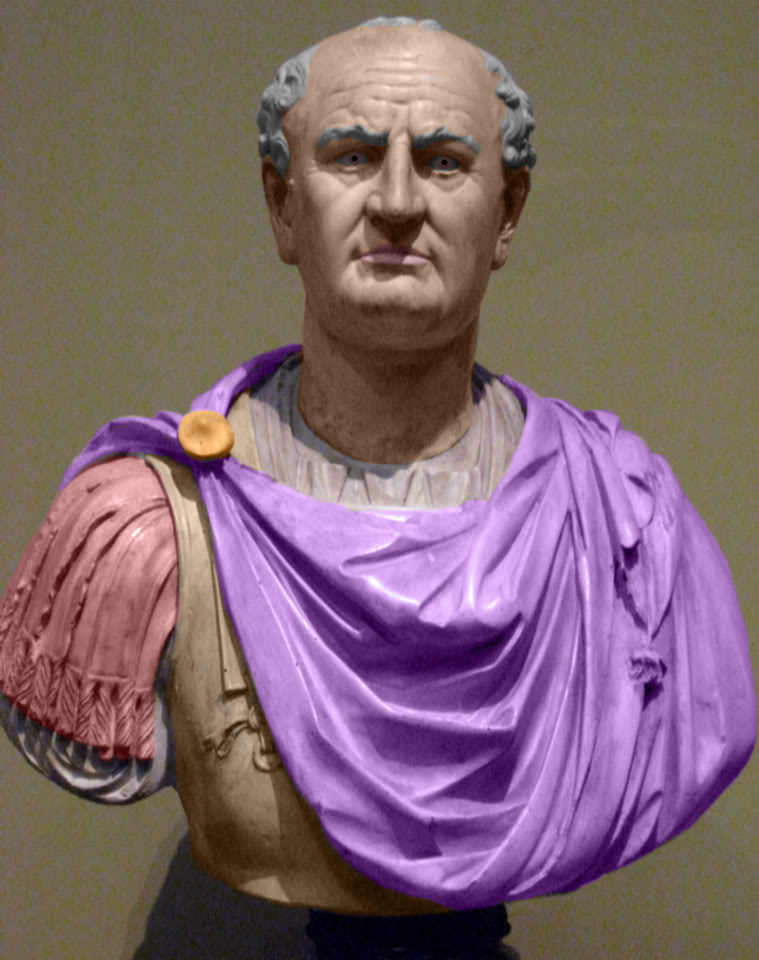 were making around $400 million a year in gold, trading in purple silk just from the Romans. Essentially they became billionaires and the world’s most powerful people based on a worm they learned to breed, grow and profit from.
were making around $400 million a year in gold, trading in purple silk just from the Romans. Essentially they became billionaires and the world’s most powerful people based on a worm they learned to breed, grow and profit from.
That is why these royal worms who produced such wealth for the Phoenicians were transformed into human looking Gods, and in mythology these worms were known in the Hebrew/Phoenician language as Kermes, or more commonly today as Hermes. The Phoenicians and Greeks were famous for making mythical human looking figures to represent most of their Gods and Goddesses such as in the case of Hermes. Just imagine if they had instead made a big worm sculpture with his penis hanging down, his winged hat and shoes, and gold chain money symbol hanging around his purple producing worm neck. For some reason I do not think that would have been wise, and I’m sure this God would have not been accepted with such open arms if that was the worm case.
The Greeks had called the serpent (worm) the basiliskos, and the Romans, regulus. Names which all signify “kingly or royal.” The basilisk of the Greeks is of a reddish colour, and its head is a crown. Isidore of Seville defined the basilisk as the king of snakes. The meaning of the name basilisk if from the Greek βασιλίσκος basilískos, “little king,” who is said to be king of serpents and said to have the power to cause death when someone looks into its eyes.
Even the wise King Solomon has used a mighty little worm to help him build Solomon’s Temple. In the Hebrew tradition and as it is written in the Torah, we find that ten things were created on the eve of the Sabbath,” and among which is the Shamir. The story relates how Solomon sent his general Benaiah armed with his signet ring of Solomon to the king of demons, Asmodeus, with orders to bring unto him Shamir (the worm).
In a previous article called The Ancient Symbol of the Serpent is Really a Worm, I explain thoroughly how the symbology of the serpent and dragon were just mythical representations of the worm. In fact, there were so important to the Phoenicians, Greeks and Egyptians, that they made gods out of them, and immortalized them in their stories and even in their very religions. Hence, the serpent in the Garden of Eden is really just a wise worm; and the dragon of Saint Michael is really just a fire-breathing worm he has conquered, instead of it conquering him and then devouring his flesh.
These ancient people know that these worms were truly the little kings of earth. This is why Charles Darwin who had studied worms for 39 years had concluded: “It may be doubted whether there are many other animals which have played so important a part in the history of the world as these lowly organised creatures.”
In my last article, I explained the meaning of Hermes and how all throughout the region around the Mediterranean Sea, Levant and southern Europe, you will find these kermes worms on a special species of oak tree called the “kermes oak (quercus coccifera);” and in England they are known as the British oak. The dye is harvested from pregnant female worms, which look like small red peas and that can be found attached to the trunk of the “kermes oak tree.”
The oak tree was venerated from ancient times by the Phoenicians and Druids not only for purple and/or scarlet dye it produced, but also the food they harvested from its acorns, the healing alchemical properties of the same acorns, oak bark, and sap from the tree in which they harvested. Not only were they able to make royal dyes, food, and healing medicines from these magnificent holy trees, they could also build strong boats to sail the oceans and waterways of the world. After all, they were the Phoenicians who were, and are still known as some of the most proficient races of sea people who have ever lived on earth.
This is why they venerated the worm, oak and acorn as they planted these holy trees all around the Mediterranean Sea where they had ruled for so many centuries, with each glorious oak growing for approximately 120 years. You can verify this by the fact that the kermes oak (quercus coccifera) primarily ONLY grows in the very exact same places where the Phoenicians had been known to have lived or had kingdoms, such as Crete, Greece, Spain, Italy, Morocco and France to name a few.
The oak tree and worm kermes who became the God Hermes was especially venerated by the Phoenicians for this very profitable reason. This is why the oak tree is the favorite tree of their king of Gods, Zeus (Jove or Jupiter), and why the wise King Solomon had a worm named Shamir help him build Solomon’s Temple, and why Cleopatra had made a royal decree that removal of earthworms from Egypt was punishable by death for fear of offending the god of fertility.
It is also well-known that the oak tree and mistletoe were very sacred to the ancient Celtic Druids who I and many other great authors such as Sir Godfrey Higgins believe that the Druids were the priestly descendants of the Phoenician priesthood.
They would have brought the acorn and oak, or this ancient tradition with them into Europe. ‘One of my theories is they brought millions of these acorns into England on their oak boats from the Mediterranean Sea, and planted the acorns to produce oak forests because they knew the significant earthly power of this tree. They could live for centuries just by controlling the oak tree, and they did just like they had done in the Mediterranean. To them, it was a tree of life that not produced shade, but also natural medicines for healing, dye for clothes, strong wood for boats, and the ability to control a trade and the world with a tree and a worm names Hermes.
Hence, the magic messenger of the Gods was a worm named Kermes (Hermes) that was a symbol of commerce, health, power. The oak tree and acorn with its holy healing, living and long-term profitability became a symbol of a Seed and Tree of Life for the Phoenicians to help them essentially live, prosper and conquer the world.
THE ROMANS TAKE OVER THE BILLION DOLLAR WORM BUSINESS 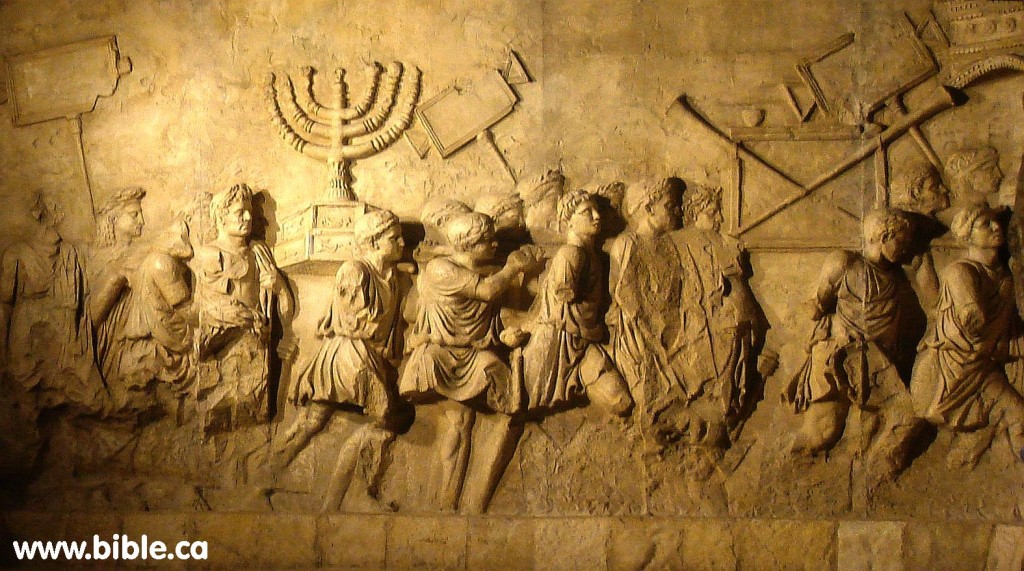
Much of this Phoenician power that allowed them to grow so large, came from the gold they had acquired from their silk trade. During the reign of Aurelian, it was said that a pound of silk was the equivalent worth to a pound of gold, and the daughter of the consul Stilicho, Maria was discovered in a‘marble coffin in 1554, with a robe that was found to contain thirty-six pounds of gold. At one time, Rome reportedly paid 22,000 pounds of gold for silk shipments in one year at the time of Roman Emperor Tiberius who had complained; “ladies and their baubles are transferring our money to foreigners.”
Let me inform you that 22,000 pounds of gold today would be the equivalent to approximately $396 million U.S. dollars, and this was made only in deals made with the Romans in one calendar year. Just imagine the other deals they made throughout the year, and over the hundreds of years they had ruled. This wealth had made the Phoenicians of Crete, Kohanim of Kos, and elite of Greece, some of the most powerful people in all the world.
This would be one of the main reasons why the Romans had decided to invade, attack, sack and siege the Temple of the Phoenicians of Crete and Kohanim of Kos. By doing so, they took away their main source of money which helped fund their governmental operations. Therefor, the Romans would take over the “worm business,” religion, Gods and Goddesses which they had simply changed slightly, and adopted them into the Roman Pantheon of Gods. This is why Josephus had written that the Emperors Titus and Vespasian wore purple silk dresses after they defeated the Jews in their celebrations at Rome.
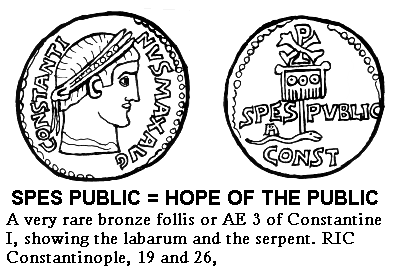 In the year 324, it was at Nicomedia that Licinius resigned his share of the imperial purple to his rival Constantine the Great, and Licinius would become a Roman emperor under Constantine from 308 to 324. From this point on, his purple royal banner was called the “Labarum of Constantine,” which was a gilt staff with a crown of gold and jewels on the top; that on the crown or within it was the monogram that displayed the “Chi-Rho” symbol ☧, formed from the first two Greek letters of the word “Christ” (Greek: ΧΡΙΣΤΟΣ, or Χριστός) — Chi (χ) andRho (ρ), and that beneath it was attached a transverse bar, so as to form with the staff the sign of the Cross.
In the year 324, it was at Nicomedia that Licinius resigned his share of the imperial purple to his rival Constantine the Great, and Licinius would become a Roman emperor under Constantine from 308 to 324. From this point on, his purple royal banner was called the “Labarum of Constantine,” which was a gilt staff with a crown of gold and jewels on the top; that on the crown or within it was the monogram that displayed the “Chi-Rho” symbol ☧, formed from the first two Greek letters of the word “Christ” (Greek: ΧΡΙΣΤΟΣ, or Χριστός) — Chi (χ) andRho (ρ), and that beneath it was attached a transverse bar, so as to form with the staff the sign of the Cross.
From this bar hung a square banner-cloth of royal purple, richly adorned with gold and gems, and terminating in a fringe. Immediately below this there were attached to the staff busts of Constantine and his sons [Via Const. i. 26]. There is also the image of the worm incorporated into his symbol which would indicate its power which the Romans now held. Socrates mentions this splendid banner as being preserved in the royal palace in his time.
For rebelling against God and using their God-given powers for materiality at the mountain of the Oath at Zion, the Brotherhood would then become the Nephilim. The fallen ones who can only redeem themselves by restoring Gods heavenly kingdom on earth where the God Hermes and his caduceus representing the duality of profit, health, materiality and commerce will be put away, to someday soon bring back the single entwined staff of the God of healing and truth.
A world that places humans and earth before profits. A world that is filled with spiritual humans instead of ones like now with the greedy and selfish ruling as if they are gods, when in reality they are just useful idiots…
Instead of being plunderers, rapists and war mongerers of mother earth and humanity, we will morph into spiritual stewards of humanity and earth. Those people and brothers of the Oath who refuse to change or bring this heavenly kingdom to our world soon, will be written out of the Book of Life indefinitely. There will be no final redemption period after the seals have been broken, and the Age has ended.
Otherwise we will find that the worm will come back to bite all of humanity in our purple butts, to the point that we may all soon be buried underneath a pile of purple silk dresses, weapons and gold. I do not think that King Solomon would consider that too wise…….

Moe is the founder of GnosticWarrior.com. He is a father, husband, author, martial arts black belt, and an expert in Gnosticism, the occult, and esotericism.

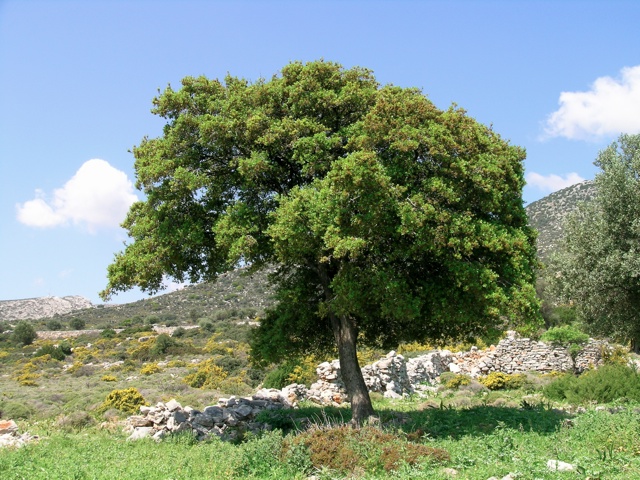
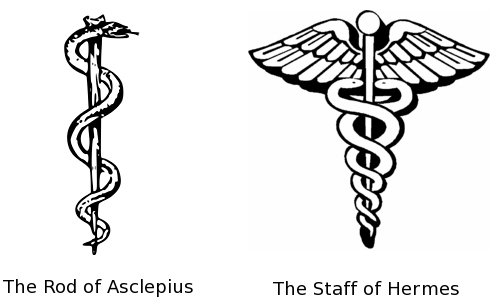
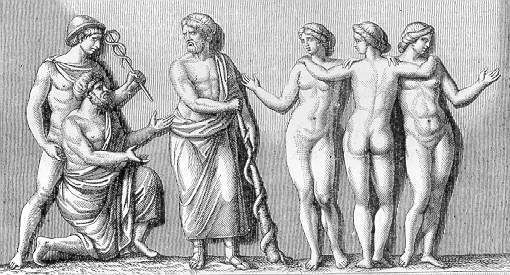
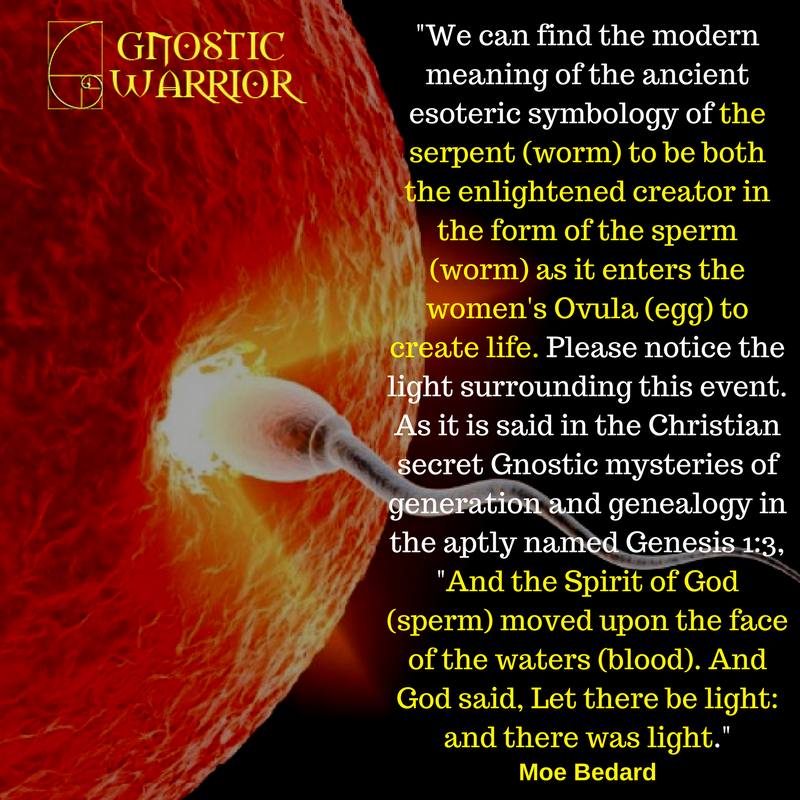


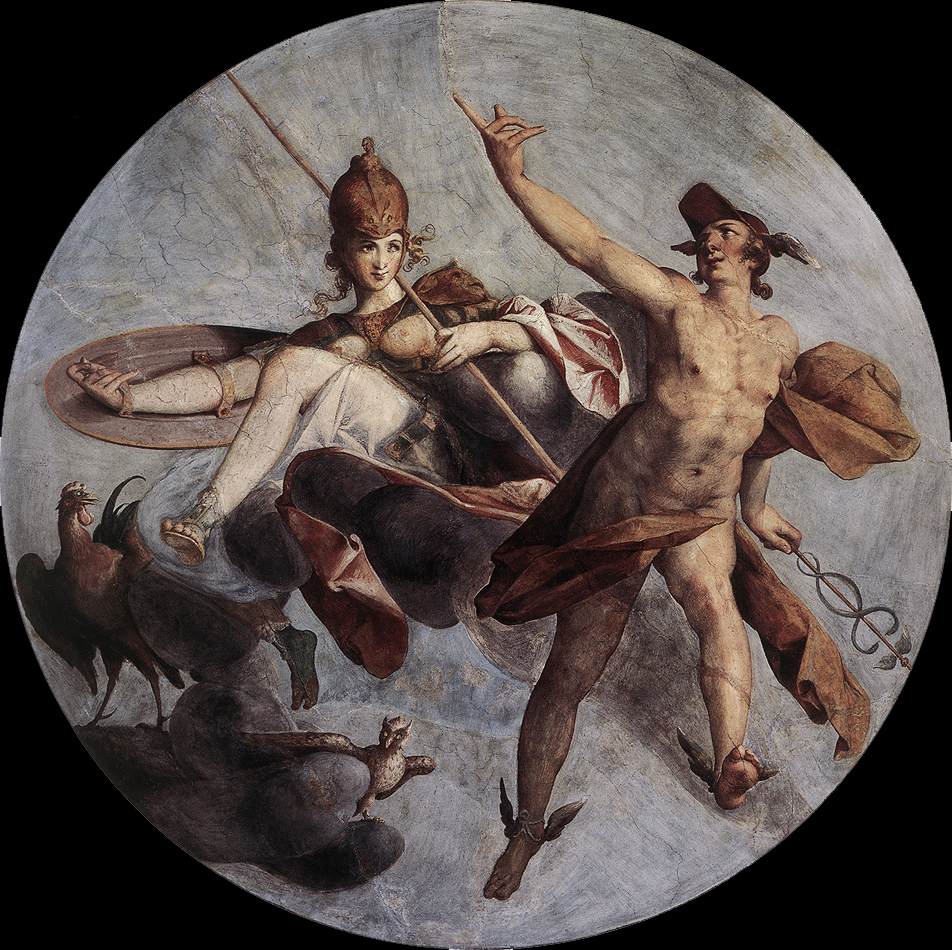
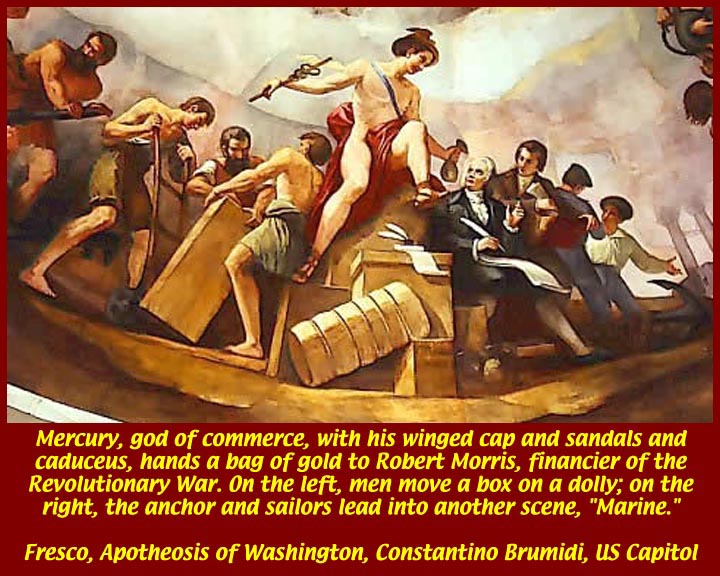
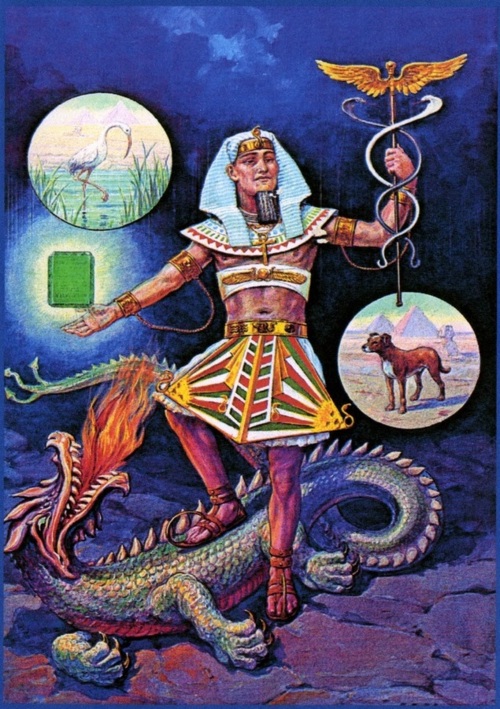
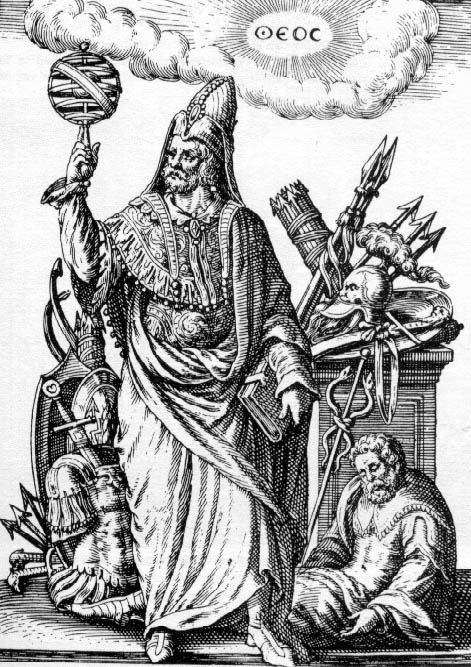
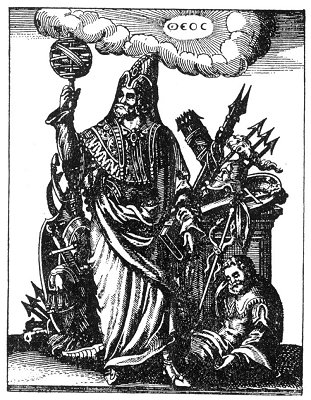
Intresting, I wonder what the rood of Shamir and other translations of the name is. I see you know roots of name origins, Also what language (O-stars) translations.
From , Shamala Alo